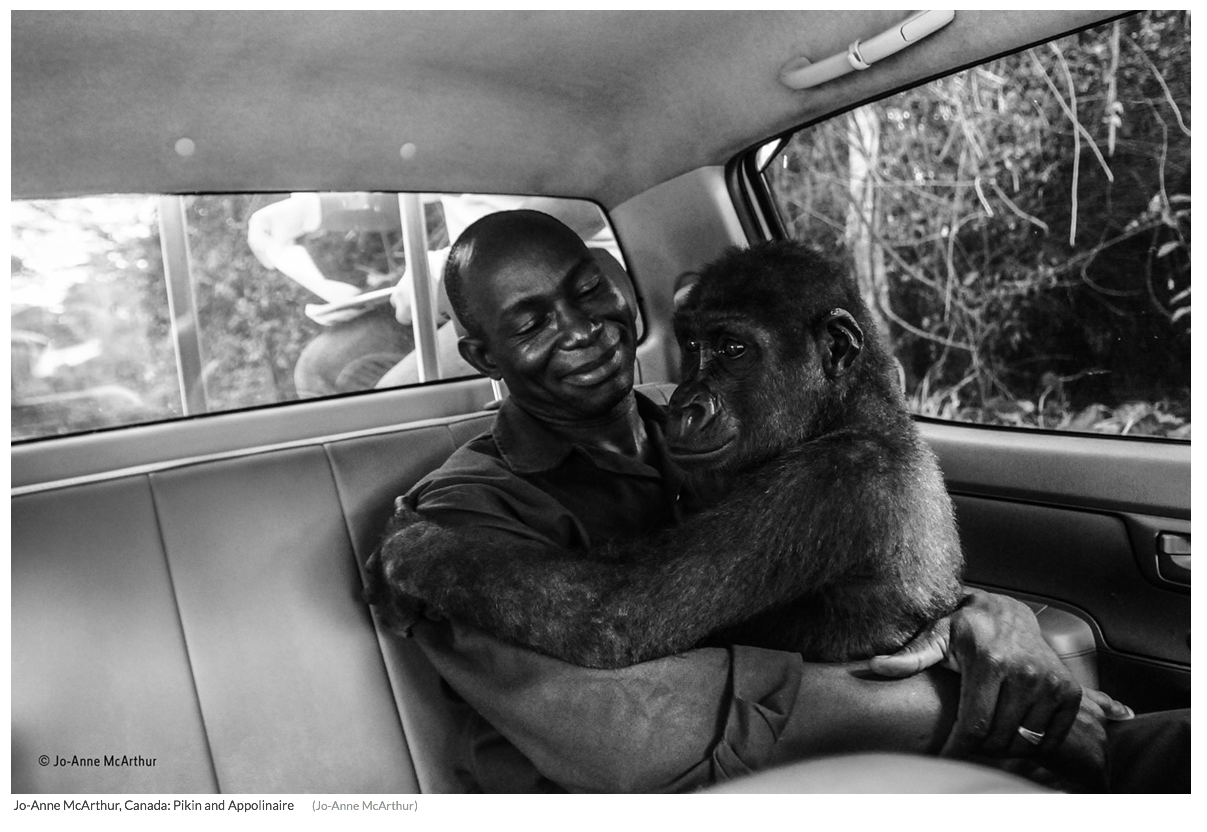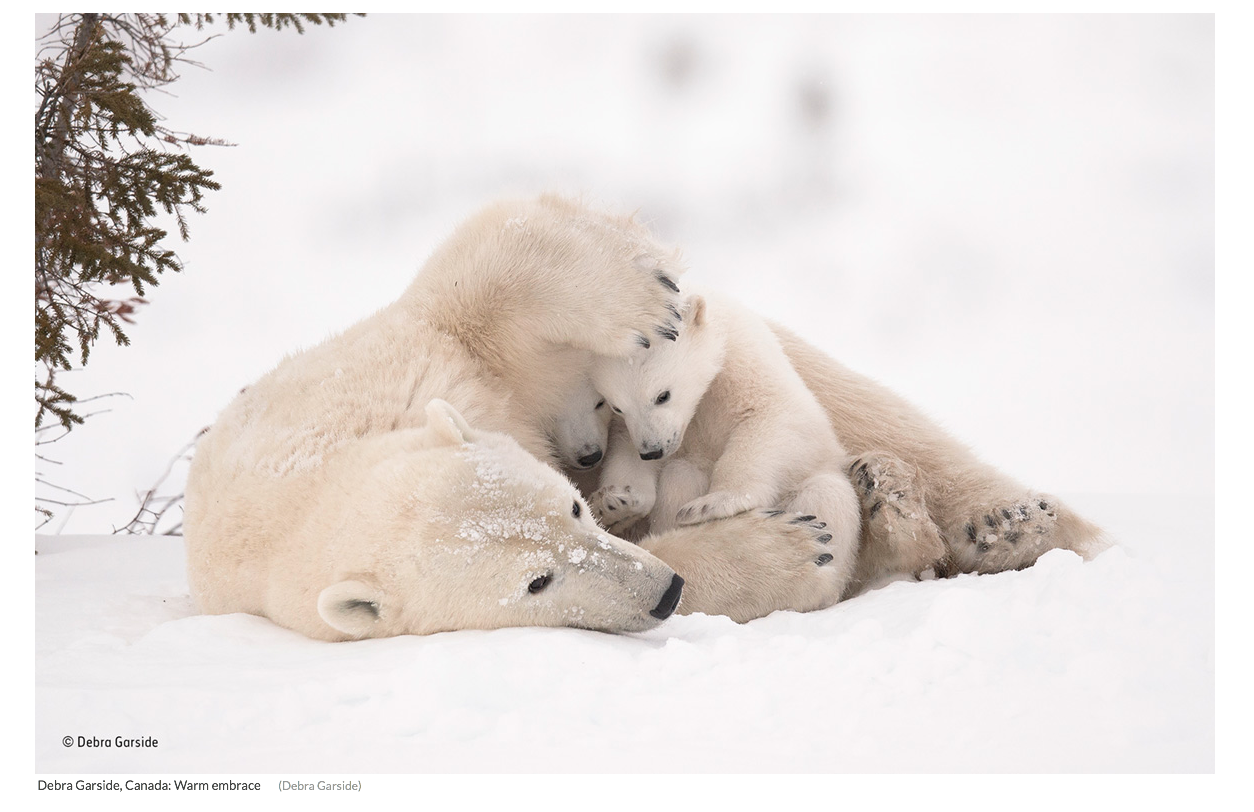Judging from the social-media nontroversies over judging faux pas at past World Press Photo Awards, one could be forgiven for thinking the prestigious photo contest,now in its 62nd year, must have an enemies list to rival that at any MAGA rally.
There were the concerns over “post-processing” in 2013; the staged photos and subsequent disqualification of a WPPA-winning photographer in 2015; the cancellation of the WPP exhibition at Visa Pour L’image (also in 2015); the creation of a new category, for “creative documentary photography” in 2016 (a competition that, in the words of contest organizers, “not have rules limiting how images are produced,” that would allow staged and manipulated images); questions about the authenticity of the 2nd-place long-term projects winner (‘An Iranian Journey’) in 2017; and the fracas over 2017’s World Press Photo of the Year, of which jury chair Stuart Franklin said at the time, “I didn’t think, if I’m honest with you, that (this) should be World Press Photo of the Year.”
One photographer’s controversy is another’s nontroversy.
If I’m honest with you — speaking strictly for myself — the London Natural History Museum’s Wildlife Photographer of the Year awards aside, the World Press Photo awards is the one I pay closest attention to.
And that’s why I was gratified to see that, this year, for the second year in a row, an environmental conservation photographer has been nominated for World Press Photo of the Year.
New York-based, South African-born war photographer Brent Stirton — whose controversial (hard to avoid that word, where high-profile photojournalism awards are concerned) image of a dead rhino slaughtered for its horn won the 2018 Wildlife Photographer of the Year Award — has made the shortlist of six images for this year’s World Press Photo of the Year, for his image Akashinga — the Brave Ones.
The Akashinga are an all-female anti-poaching unit in Zimbabwe, not the most stable country on earth, nor the easiest for women to take up arms against poachers — all men — willing to kill anyone who stands between them and the booming market in illegal ivory and rhino horn.
©Brent Stirton/Getty Images
The World Press Photo Awards are top-shelf in my view because, unlike, say, the Pulitzers, they reflect the world’s best, not just America. The other nominees for Photo of the Year, for example, hail from Italy (Marco Gualazzini, Almajiri Boy); Syria (Mohammed Badra, Victims of an Alleged Gas Attack Receive Treatment in Eastern Ghouta); France-Spain (Catalina Martin-Chico, Being Pregnant after FARC Child-Bearing Ban); Australia (Chris McGrath, The Disappearance of Jamal Khashoggi); and the U.S. (John Moore, Crying Girl on the Border).
Shortlisted candidates in other categories include photojournalists from Venezuela, Mexico, the Netherlands and Sweden.
In all, 43 photographers from 25 countries have been nominated for this year’s awards, the 62nd edition in the organization’s history. A new category, World Press Story of the Year, should prove less controversial than 2016’s “Photoshop is OK” category — fake news! — but recent history cautions that wherever there is a high-profile photo contest with the profile of the WPOTY or WPP awards, controversy inevitably follows.
The World Press Photos are a lightning rod for debate because they’re now the world’s most high-profile competition in a field of photography that’s all about competition. Winning can lead to paid work in what’s an ever-shrinking pool of full-time staff jobs with credible, reputable media organizations.
Different juries judge the awards each year, which lessens the chance of an institutional bias — or laziness — setting in.
Stirton knows that a great story lies at the heart of any great photograph. He got his start as a war photographer, covering conflict on his home continent of Africa. In his later years — he’s now repped by Getty Images in New York — his photojournalism has taken on more of an environmental angle, the result of his witnessing, and photographing, a mountain gorilla slaughtered for its body parts in a war-torn corner of the Democratic Republic of Congo (DNC), more than a decade ago now, in 2007.
An all-female army of wildlife rangers sounds like a gimmick, but as a BBC story by correspondent Rachel Nuwer last September showed, it isn’t. The project is the brainchild of Australian Defence Force special-operations sniper Damien Mander, who had been hired to stem a wave of poaching in Zimbabwe’s Phundundu Wildlife Park, a 115-square-mile former trophy-hunting area, ground zero in a larger ecosystem that’s home to some 11,000 elephants. The women, 16 in all, come from backgrounds of abuse and deprivation, and so are motivated to prove what they can do. The women feel empowered, and are more likely to improve their communities in the process. They chose the name “Akashinga” themselves, after Mander asked them to come up with a name for their unit. Akashinga means “the Brave Ones,” in the local Shona language.
“There’s a saying in Africa,” Mander told BBC. “‘If you educate a man, you educate an individual. But if you educate a woman, you educate a nation.’ We’re seeing increasing evidence that empowering women is one of the greatest forces of change in the world today.”
The situation is serious. In just seven years, Africa’s elephant populations have crashed by 30%, largely due to poaching.
Stirton’s World Press Photo nominated image is a portrait of Petronella Chigumbura, age 30, in the field, where her specialty is in military stealth and concealment. Akashinga’s stated aim is to work with rather than against local communities, Stirton explained in his submission. This is especially relevant today, as a renewed debate over whether trophy hunting can help fund conservation efforts, in wilderness areas where elephant populations have grown to the point where an ever-shrinking ecosystem can no longer sustain herd animals that eat up to 500 kgs. of trees and agricultural crops a day. Unlike trophy hunting, conservationists argue, finding ways to get local communities involved in serving and protecting wild animals is a long-term solution rather than a short-term fix.
For his part, Stirton understands that a single powerful image is worth a thousand words — at least — if, at the end of the day, the idea is to galvanize people to act.
The same could be said of any of this year’s six finalists of course. A single image can indeed change the world. And that, controversies aside, is what the World Press Photo Awards are all about.
The 62nd Annual World Press Photo Awards will be handed out April 11 in Amsterdam, Netherlands.
©John Moore/Getty Images
©Chris McGrath/Getty Images
©Marco Gualazzini/Contrasto
©Mohammed Badra/European PressPhoto Agency
©Catalina Martin-Chico/Panos





















































